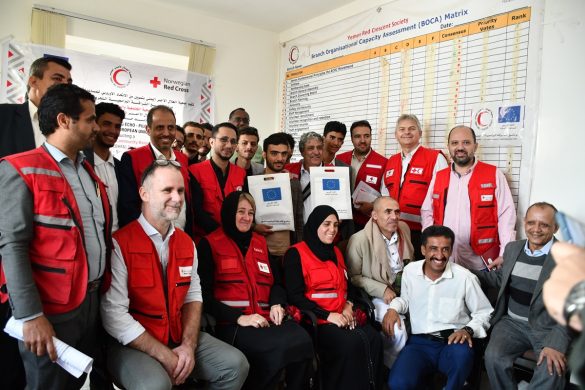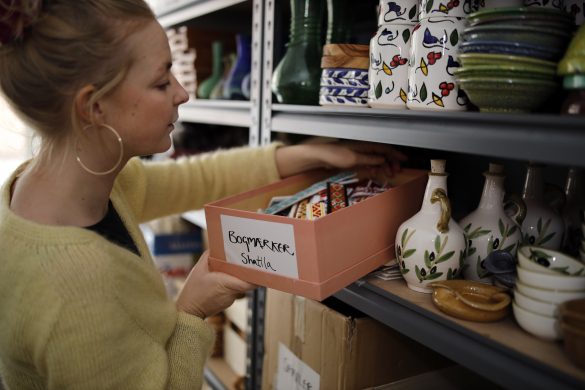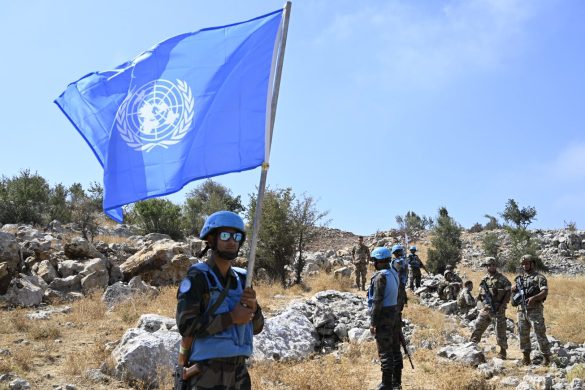Mængden af forurenet spildevand er så voldsom i området, at det rammer forsyningen af nogenlunde rent drikkevand samtidig med at folketallet galopperer opad – en ond cirkel, som bliver svær at vende i tide, vurderer FNs Børnefond (UNICEF).
JERUSALEM, 30 August 2012 (IRIN): Polluted water in the Gaza Strip is seriously affecting people’s health and the situation looks set to get worse, the UN warns in a new report.
Gaza’s rapidly growing population of about 1,64 million – expected to increase by 500.000 by 2020 – could soon lose its main source of fresh water, the underground coastal aquifer (vandreservoir), which could become unusable by 2016, with the damage irreversible (uafvendelig) by 2020, it says.
Clean water is limited for most Gazans to an average of 70-90 litres per person per day, compared to the minimum global World Health Organization (WHO) standard of 100 litres a day, according to Mahmud Daher, officer-in-charge of the WHO in Gaza.
“We have respiratory (luftvejs) diseases, skin diseases, eye diseases, gastroenteritis (mave-tarm-infektioner), which can all be linked to polluted water,” said Mohamed al-Kashef, general director of the international cooperation department in the Gaza health ministry.
According to a UN Children’s Fund (UNICEF) 2010 update, diseases associated with water account for about 26 percent of diseases in Gaza. However, Daher is more careful to make the link.
“There is no evidence that the current water situation is a major public health problem. But what we know for sure is that viral (ondartede) diseases and parasites are connected to polluted water”, said he.
Nitrate contamination of the aquifer (underjordiske vandreservoirer) is believed to be a threat to infants (spædbørn) and pregnant women, says UNICEF.
One of the child-diseases connected to polluted water is methaemoglobinaemia, or the so-called “blue-baby syndrome”, which has occurred among babies born in the Gaza Strip. It is believed that high nitrate contamination in groundwater is causing the disease.
Diarrhoea, which has become very common in the Gaza Strip, is most likely linked to poor hygiene standards in enterprises which desalinate (afsalter) water, says Mahmud Daher, adding: “It is not clear if the problem is the water, or water together with other sources.”
Remedial action
Læs videre på
http://www.irinnews.org/Report/96209/OPT-Gaza-s-water-supply-could-be-unusable-by-2016














